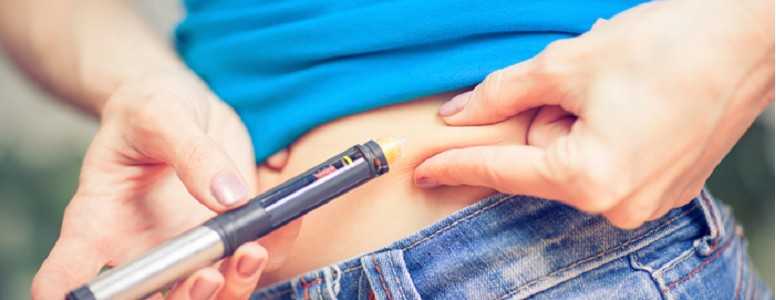The diabetes drug Toujeo is as effective as Tresiba (insulin degludec) in terms of reducing blood sugar levels in people with type 2 diabetes, a study reports.
Toujeo, a once-daily long-acting insulin made by the drug company Sanofi, was compared to Novo Nordisk’s drug Tresiba in a trial called the BRIGHT study.
Toujeo is also known as insulin glargine 300, and was approved as a diabetes treatment in the UK in early 2015.
Researchers wanted to see whether Toujeo garnered the same results as Tresiba when it came to controlling HbA1c levels.
They also wanted to see whether the drug reduced the number of people who experienced adverse events and low blood sugar levels.
The initial findings of the BRIGHT trial, involving more than 900 people who had previously struggled to control their type 2 diabetes on non-insulin medication, have been positive. The full research paper will be published next year and will be needed to compare whether the rates of hypoglycemia were similar.
Novo Nordisk’s Tresiba has shown strong results in reducing nocturnal hypos in particular and it remains to be seen if Toujeo can compete with this.
Sanofi’s Riccardo Perfetti, head of the global diabetes medical, said: “The most recently introduced long-acting insulins have already demonstrated significant blood glucose lowering benefit to adult patients with diabetes. From the perspective of physicians and patients, hypoglycemia remains a major limiting factor in effective blood sugar management in diabetes.
“We believe that these first comparative clinical data assessing similarity and difference not only in efficacy, but also in the important safety aspect, such as low blood sugar events, can support physicians in their treatment decisions.”
Just like all long-acting insulin prescriptions, Toujeo is linked to hypoglycemia, a common side effect of the drug. Those who use the medication are encouraged to monitor their blood sugar levels closely. Other symptoms include weight gain, low potassium and skin reactions to the injections.
Toujeo contains three times as much insulin in 1 mL as standard insulin (100 Units/mL) and is not to be used to treat diabetic ketoacidosis.
What's new on the forum? ⭐️
Get our free newsletters
Stay up to date with the latest news, research and breakthroughs.




